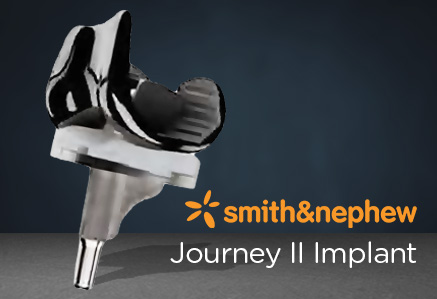Cartilage Injuries
Trauma to the knee can tear the menisci (pads of connective tissue that act as shock absorbers and also enhance stability). Cartilage injuries and tears can often occur with sprains. Treatment may involve wearing a brace during an activity to protect the knee from further injury. Surgery may be needed to eliminate the tear.
Injury to the knee can cause damage to the articular lining cartilage in the knee joint, or sometimes to both the cartilage and the bone.
If the injury is restricted to the cartilage, it will not show up in a plain X-ray; it may be noted on an MRI. An arthroscopy (using a special instrument to look inside the joint) can thoroughly identify it.
Cause
Articular cartilage damage is one of the most common and potentially serious types of cartilage damage, and most commonly affects the knee joint. The damage can result in pain, swelling and some loss of mobility.
The main ways the articular cartilage can be damaged:
- a sudden accidental injury – for example, a fall or a sports injury
- osteoarthritis – this type of long-term cartilage damage to the joints is more likely if you’ve had your meniscus
- removed, are overweight, or have a problem with your joint structure
- osteochondritis dissecans – where a small section of cartilage and a piece of bone attached to it comes away from a joint
- infection
Symptoms
- Swelling
- Joint pain
- Stiffness
- Decreased range of movement in the affected joint
- Instability or giving way
Diagnosis
Physical Examination & Patient History
During your first visit, your doctor will talk to you about your symptoms and medical history. During the physical examination, your doctor will check all the structures of your injury, and compare them to your non-injured anatomy. Most injuries can be diagnosed with a thorough physical examination.
Imaging Tests
Imaging Tests Other tests which may help your doctor confirm your diagnosis include:
X-rays. Although they will not show any injury, x-rays can show whether the injury is associated with a broken bone.
Magnetic resonance imaging (MRI) scan. If your injury requires an MRI, this study is utilized to create a better image of soft tissues injuries. However, an MRI may not be required for your particular injury circumstance and will be ordered based on a thorough examination by your Peninsula Bone & Joint Clinic Orthopedic physician.
Treatment Options
Surgical
In some cases arthroscopy can be used to ‘smooth’ the cartilage. Although new cartilage cannot grow to take its place, scar tissue appears.
It is also possible to transplant some cartilage from an uninjured part of the knee. Another option is to remove some normal cartilage cells, reproduce them in a lab and then later reimplant them into the damaged area so that new cartilage will grow.
Treatment Highlights






